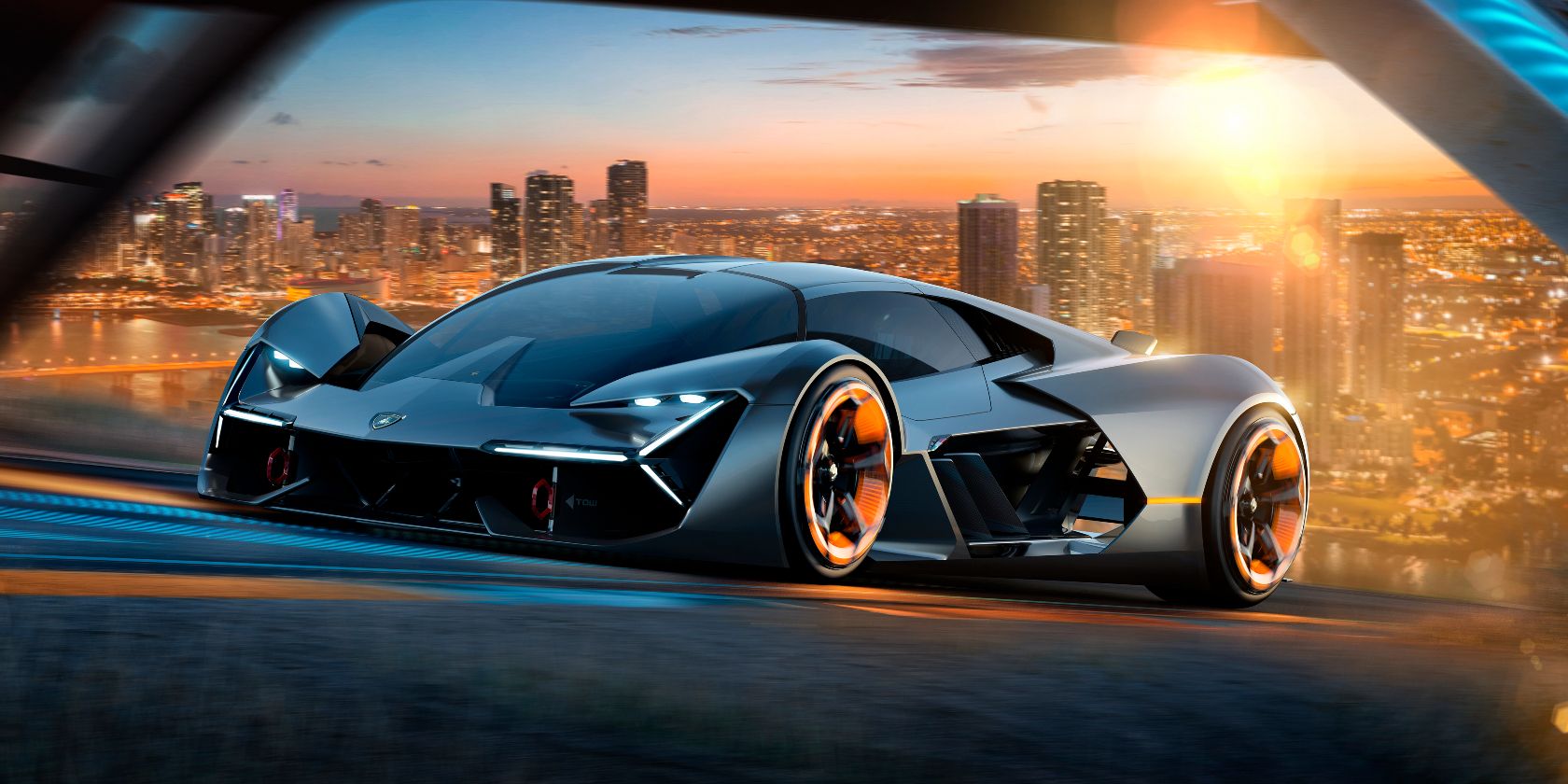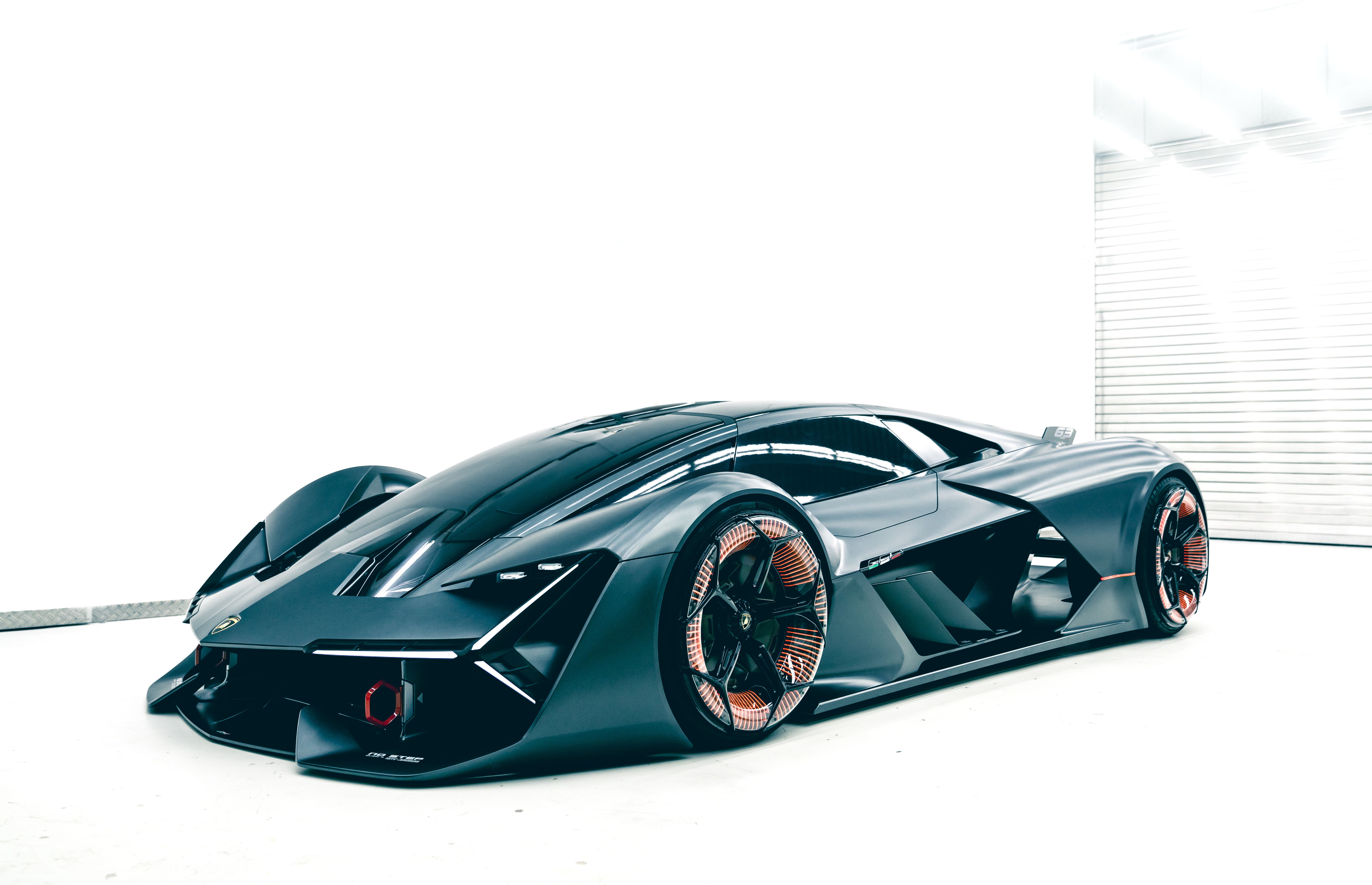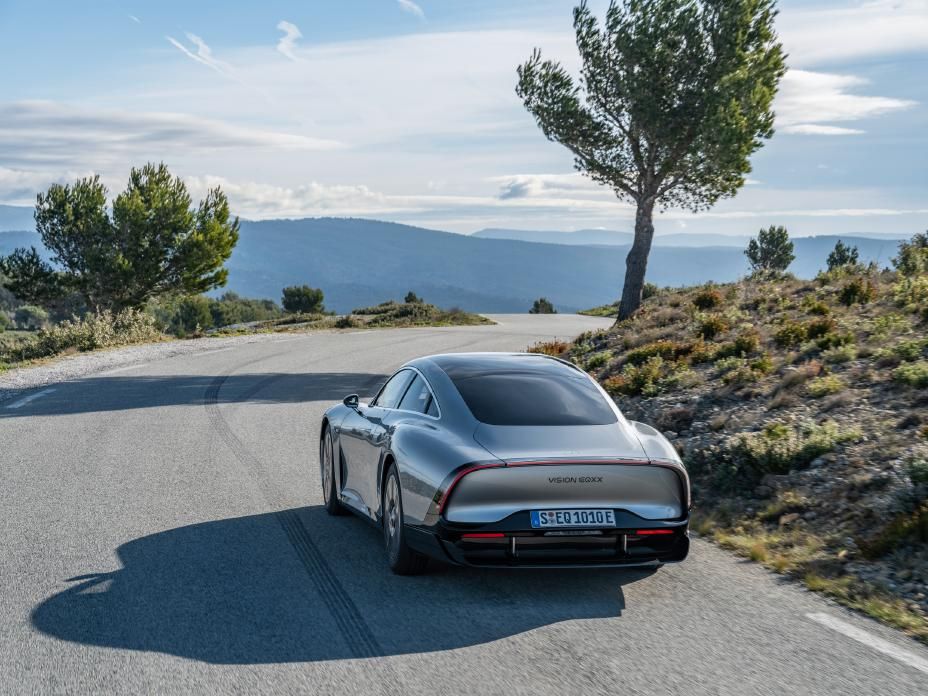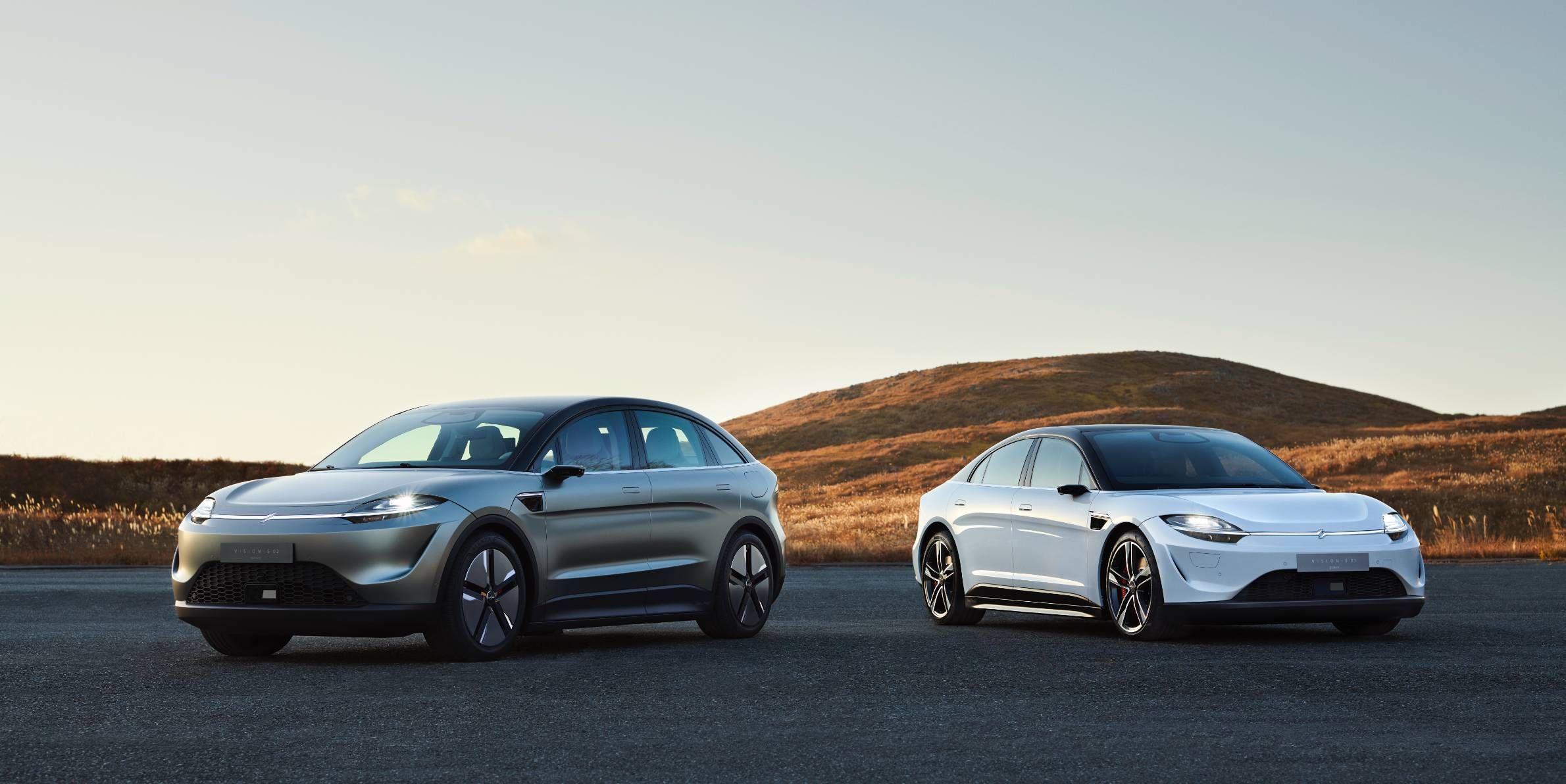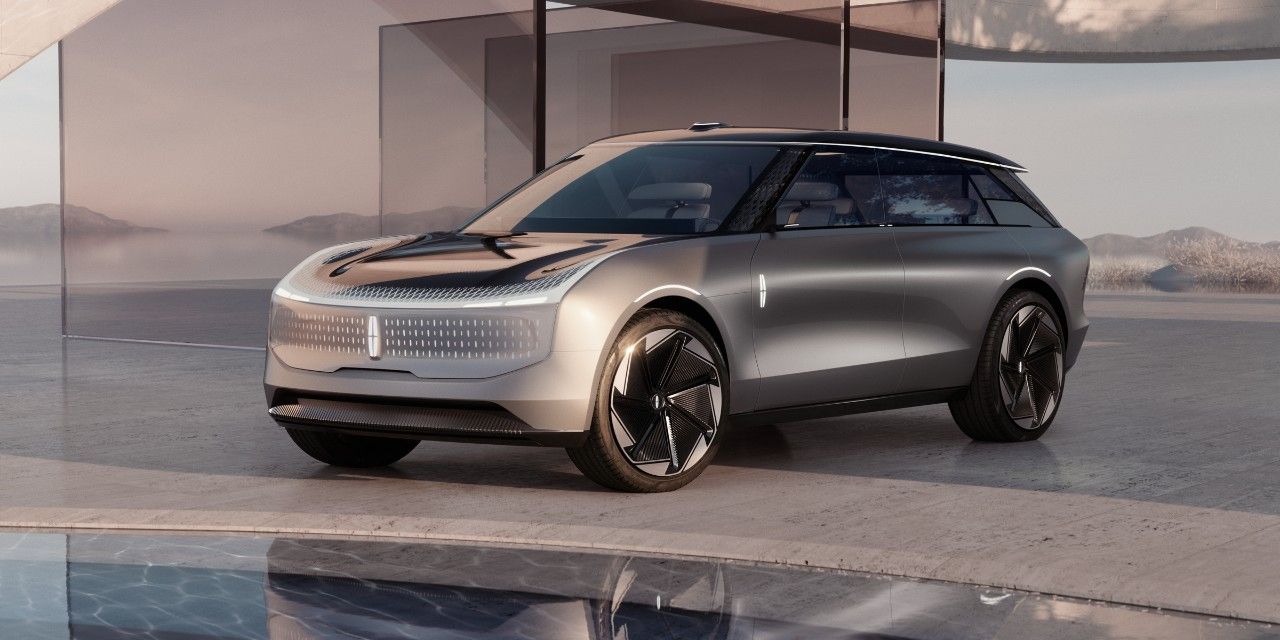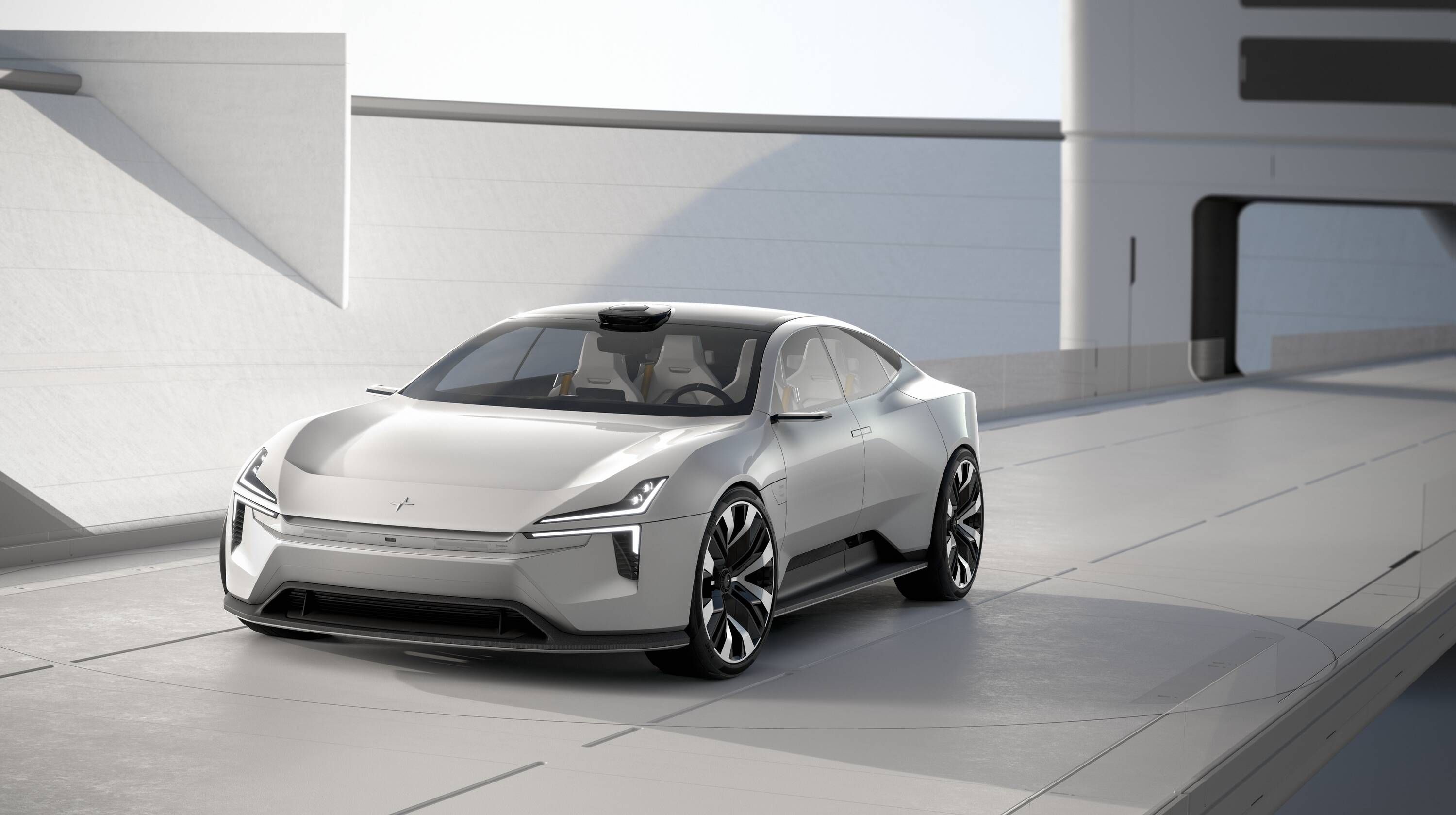Concept cars are the most amazing, futuristic vehicles we'll never drive. They're often filled with self-driving technology that isn't yet road legal and interior displays that look amazing but are too distracting for drivers.
The exterior designs of these concept vehicles are also incredible since the designers have almost all the freedom in the world to incorporate the auto manufacturer's design language into a vehicle that doesn't have to abide by government regulations.
Even so, pieces of these futuristic concepts eventually trickle down into consumer-ready vehicles. Here are five of the most amazing concept electric vehicles that point toward the future of consumer EVs.
1. Lamborghini Terzo Millennio
One of Lamborghini's first electric vehicle concepts, the Terzo Millennio, was unveiled in 2017 with an unbelievable exterior design with a unique all-electric powertrain. Lamborghini collaborated with professors at the Massachusetts Institute of Technology (MIT) to create a concept design for the all-electric sports car of the future.
Lamborghini opted to move away from conventional lithium-ion batteries and instead equipped the Terzo Millennio with supercapacitors seen in the V12-powered Aventador.
Lamborghini stated in its press release that it wants its future energy storage systems to be able to "deliver high peak power and regenerate kinetic energy with minimal influence from aging and cycling during the vehicle’s life." This concept technology made its way to the limited production Lamborghini Sian FKP 37 in 2019, powered by a hybrid-V12 powertrain.
Some benefits of the supercapacitors include being one-third of the weight of traditional lithium-ion batteries but can produce three times the power for the same density. Another benefit of supercapacitors is that they charge very quickly from regenerative braking and can instantly release that power. On the other hand, lithium-ion batteries take much longer to charge and release a steady stream of power.
Another unique feature of the Terzo Millennio is that the electric motors are located in the wheels, allowing for four-wheel drive. This, in turn, allows designers to have more freedom with the vehicle's exterior design, creating unique angles and aerodynamic elements that wouldn't be possible with large lithium-ion batteries and electric motors taking up space elsewhere in the vehicle.
2. Mercedes Vision EQXX
With all the hype surrounding Mercedes' recently released all-electric luxury sedan, the EQS, its Vision EQXX concept flew a little under the radar. Mercedes wanted to create a luxury sedan that could hit over 600 miles of range, and it succeeded. This concept vehicle was meant to demonstrate Mercedes' current battery technology that they will put in its production cars in the future.
The Vision EQXX improved its range to over 620 miles (1,000km) in various ways. First, the vehicle's exterior design is meant to reduce as much drag as possible. The EQXX has a low-profile, sloping roofline and has several aerodynamic elements to help it cut through the air well, including flaps in the front that open up at higher speeds, as well as an active rear diffuser.
The air passing under the cooling plate of the Vision EQXX also helps cool its electronics; this results in the vehicle not needing extra fans and fancy cooling elements, thus reducing weight and the need for extra power from the electric motor.
Mercedes has also increased the energy density in its battery pack, making it 30 percent lighter and more efficient than other solid-state battery packs. Another interesting element of the Vision EQXX is its roof, containing 117 solar cells to gain as much extra range as possible. This solar roof powers the car's navigation system, which is one less electronic system for the main battery pack to power.
Mercedes states in its press release that "the solar booster increases the range by more than two percent – which adds up to a good 25 kilometers on a journey of over 1,000 kilometers."
These minor design elements add up and result in a highly-efficient package of an EV.
3. Sony Vision-S 02
Sony unveiled the Vision-S 02 at CES 2022 to show off its design philosophy and, of course, its brilliant-looking interior displays. The exterior looks as expected as EVs go, with a low-sloping roofline, smooth body lines, and bright LED headlights. The S 01 concept is a sedan unveiled at CES 2020, while the S 02 is a slightly taller compact SUV.
Sony aims to use its background in technology to make the Vision-S 02 a safe, level 2 self-driving vehicle. To do this, Sony placed CMOS image sensors and LiDAR around the vehicle to detect pedestrians and other hazards in its path.
In terms of interior technology, both vehicles feature a beautiful display that stretches the entire length of the dashboard; this is only one of the many futuristic displays we're looking forward to seeing. Sony included gesture controls and voice commands to navigate the user interface more efficiently, as well as 5G connectivity for passengers to browse the web and stream entertainment.
Sony explains that it will include other forms of entertainment, such as the ability to play PlayStation games through a remote connection to your home console or through streaming directly from the vehicle's 5G connection. Also included are a high-quality speaker system and a video-streaming service called "BRAVIA Core for Vision-S", enabling video playback on the front panoramic screen as well as the rear seat displays.
No release date has been announced, but we are looking forward to which of these features will come to future electric vehicles through collaborations with Sony Mobility.
4. Lincoln Star Concept
Lincoln is looking to make a name for itself in the world of EVs as well, with the introduction of its line of three electric vehicles coming by 2026, according to its press release. The exterior is stunning, with an angular design, a flat, low-profile roof, and a sequential bar taillight in the rear.
The interior is where Lincoln steps up its game, featuring retractable displays, lots of legroom for the backseat passengers, and ambient lighting throughout. Although the Lincoln Star Concept video mainly shows off its cool lighting and luxury interior, it also has some impressive technology to make it an attractive package.
Lincoln's Intelligence System will allow its future EVs to park themselves, hence its upcoming driver assistance feature called "Park for Me." This also hints that its future self-driving electric vehicles will have at least level 2 driver assistance, allowing the car to steer itself within the lanes, recognize surrounding hazards, and more.
5. Polestar Precept
The Precept was unveiled in February 2020 to showcase Polestar's design language and its promise of using sustainable materials to build each of its vehicles. Polestar announced in its Precept press release that the production version would be called the Polestar 5. Polestar has already shown what it can do with its incredible interior and exterior design with the Polestar 1 and 2, so what's new with the Precept?
The Polestar Precept showcases the same design language as its predecessors; it still has the signature Thor Hammer headlights, now separated by the center panel. The Precept keeps the bright bar taillight as well and improves its panoramic sunroof by stretching it even further to the rear of the vehicle for better visibility and a more open-feeling interior.
One of the most important aspects of any Polestar vehicle is how the interiors are made using sustainable, vegan materials. The Precept's interior panels are made using natural nylon fibers, eliminating the use of plastic. Polestar also uses recycled bottles to produce the yarn incorporated into the seat covers, which are built using 3D knitting. This process can build the entire cover as one piece, eliminating the wasted materials commonly used to stitch multiple parts of a seat together.
Do Concept Cars Really Show What’s to Come?
Auto manufacturers make concept cars to get consumers excited for what's to come, whether it's a brand new design language, a new powertrain, or a brand new type of vehicle altogether. Of course, everyone is disappointed when the concept vehicle with all translucent door panels with a naturally-aspirated V10 engine doesn't look anything like the one released to consumers, but that's not the point.
These manufacturers aim to show off the best technology and design they have for their vehicles in the present without being held back by government regulations and worries over sales numbers. In a perfect world, designers would have the freedom to build whatever car they want, and automotive companies would see the sales it desires, but unfortunately, it's never a perfect world.
But the features the concept cars show off don't always go to waste, as we see some of their features eventually make it into production cars.

